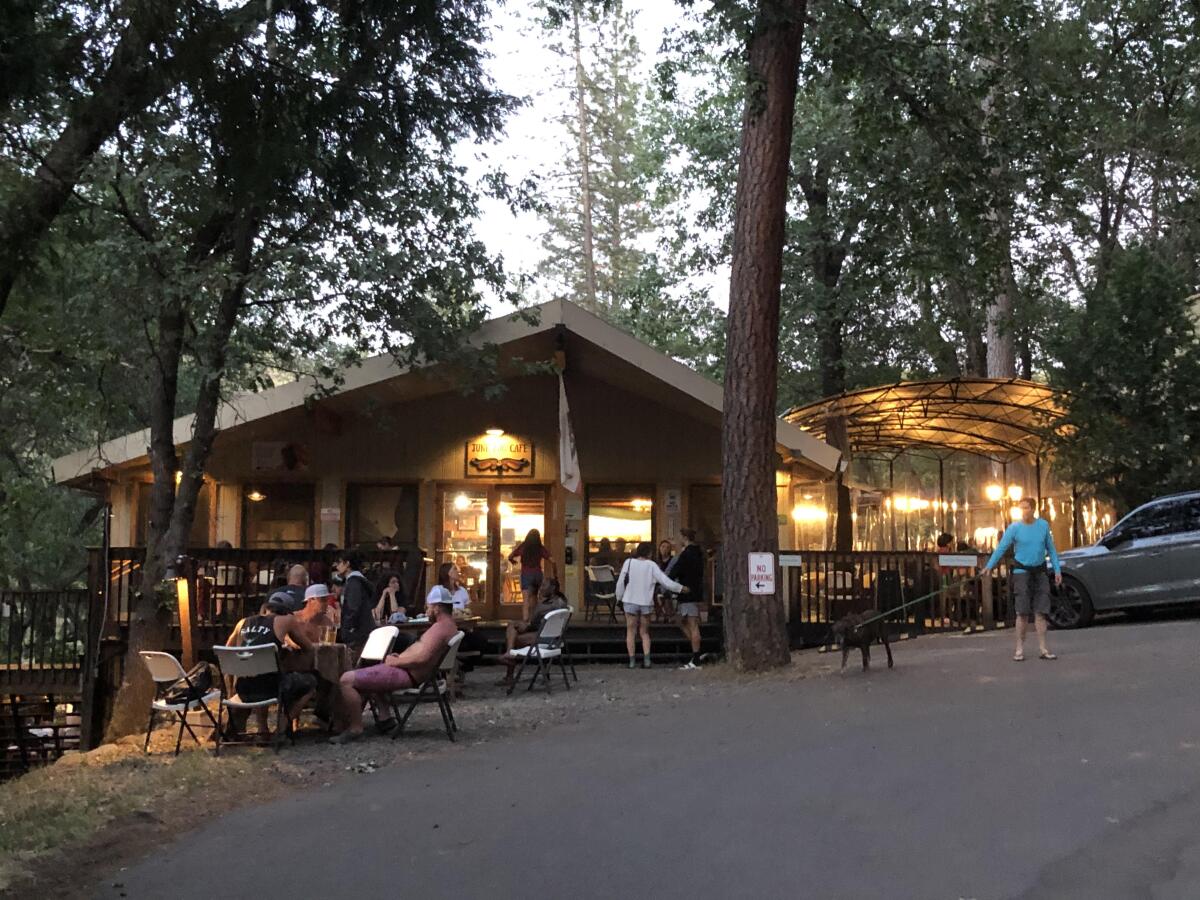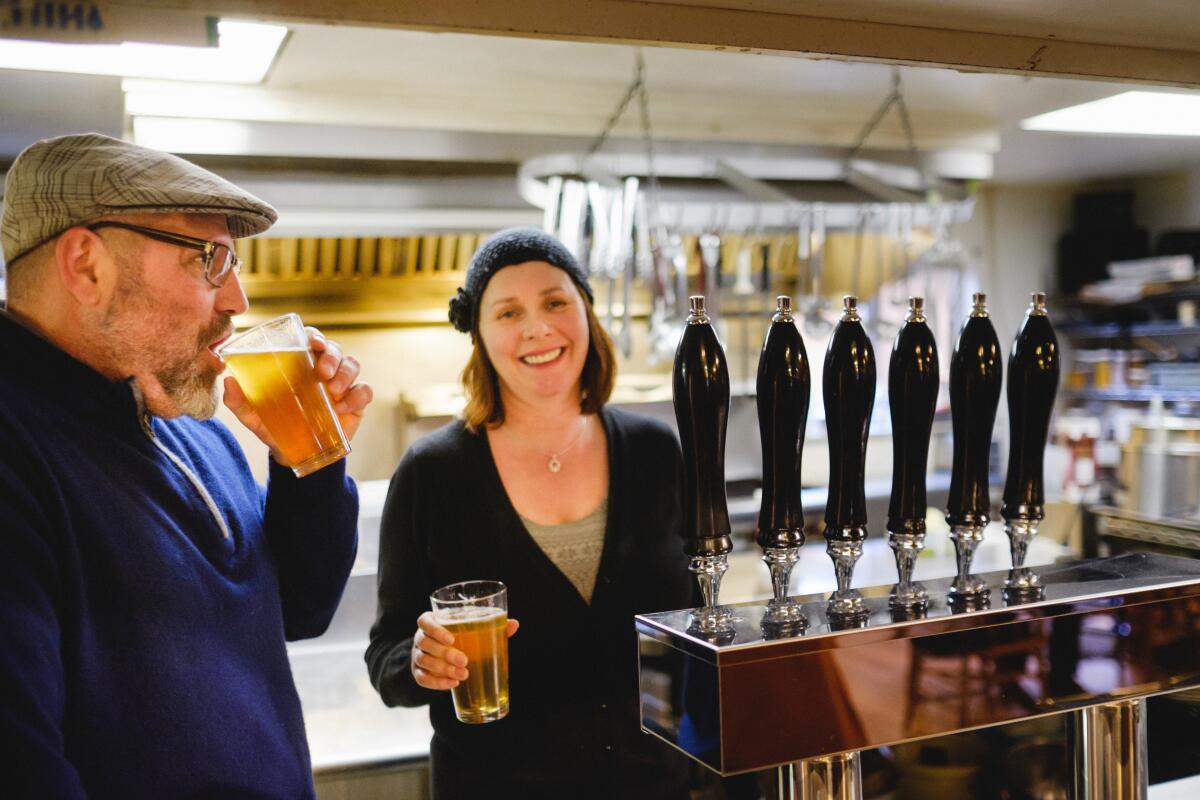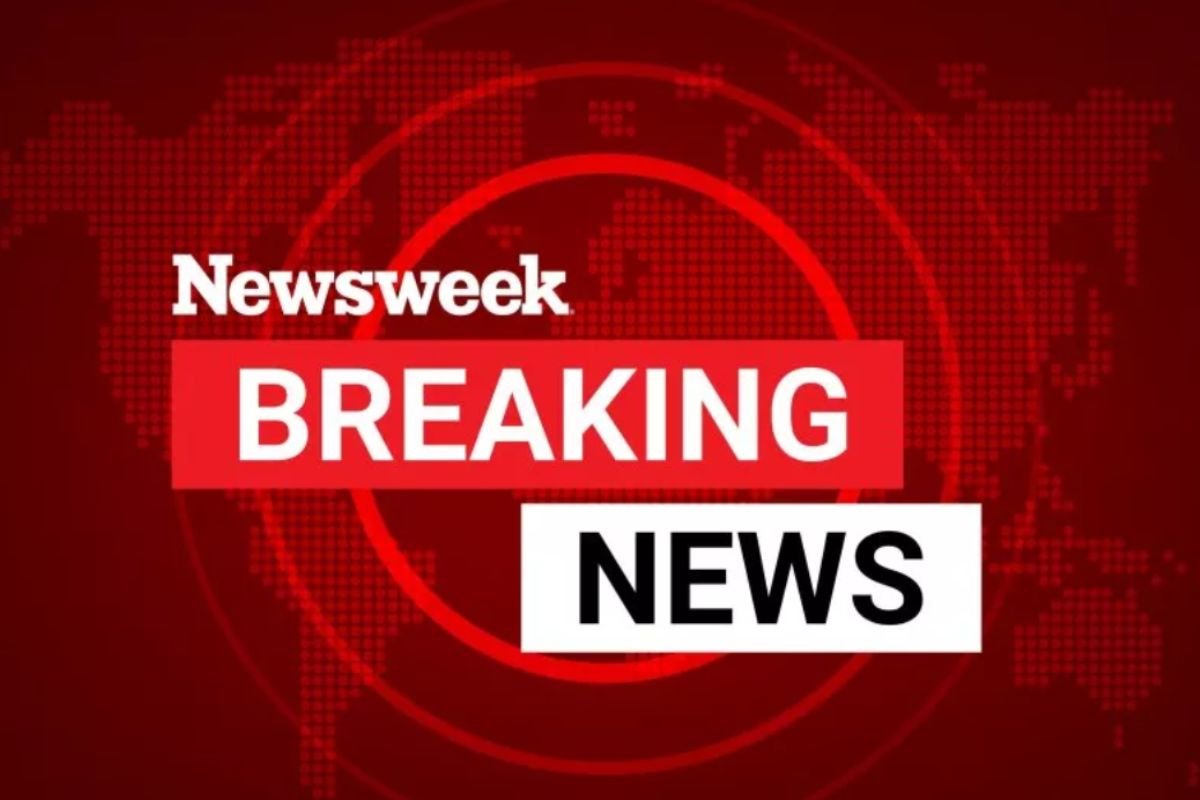-
Altadena reopening reveals devastation — but community still standing - 4 hours ago
-
How Many Points Did Lakers’ Bronny James Score in Win Over Wizards? - 5 hours ago
-
Prince Harry Agrees to Settlement as Murdoch’s U.K. Tabloids Offer Full Apology - 10 hours ago
-
Many residents with disabilities can’t flee fires on their own. Could a database help? - 11 hours ago
-
Plane Passenger Stunned by Man’s Rude Response to Gate Agent’s Necessary Question - 11 hours ago
-
‘Wordle’ Today #1,313 Hints and Answer for Wednesday, January 22 Game - 16 hours ago
-
UCLA hires LAPD Cmdr. Steve Lurie to lead safety overhaul following protest violence - 17 hours ago
-
Jules Feiffer, Acerbic Cartoonist, Writer and Much Else, Dies at 95 - 20 hours ago
-
Suns Acquire Three First-Round Picks From Jazz as Jimmy Butler Rumors Swirl - 22 hours ago
-
An Inauguration Day well spent with day laborer organizer Pablo Alvarado - 24 hours ago
Government shutdown concerns businesses around national parks
Sundays at the Yosemite Bug Rustic Mountain Resort, 35 miles southwest of Yosemite National Park’s Arch Rock entrance, are usually buzzing.
The 45-bedroom facility in the Sierra Nevada foothill hamlet of Midpines was near its 120-person capacity during the summer months, said co-owner Douglas Shaw. That wasn’t counting non-guests patronizing the resort’s cafe and health spa, fueling up or powering down before and after long hikes.
This Sunday, one of the last in what Shaw describes as his busy season, will be starkly different.
Shaw estimates he’ll have only two front-office employees working that day out of 30 resort staffers. A few will be on an indefinite vacation, but most are being laid off.
The reason: the all-but-certain federal government shutdown that will stop salary payments to workers at Yosemite and other national parks, shutting down the recreation areas that draw millions of visitors and tourist dollars each year.

The Yosemite Bug Rustic Mountain Resort in Mariposa, near the entrance to Yosemite National Park.
(Douglas Shaw)
The task of the two workers at the resort will be to inform guests that it is closed because of the government shutdown.
“Look, realistically, all of our hotel guests are visitors, 95% of our restaurant guests and 50% of the spa-goers are all tourists, so there’s no reason to stay open,” Shaw said. “The federal government is shutting down and they’re taking a bunch of us with them; it’s absolutely devastating.”
The pain will be felt especially at communities surrounding California’s nine national parks, including Yosemite.
Funding for the federal government ends Sunday at 12:01 a.m. Unless Republican holdouts in the House relent and agree to a spending bill, millions of federal employees will stop being paid. There was some hope from businesses that parks would stay open, as was the case during the last shutdown that ended in January 2019.
However, the U.S. Department of Interior released a statement Friday afternoon saying that “National Park Service (NPS) sites will be closed.”
The statement added: “This means that the majority of national parks will be closed completely to public access. Areas that, by their nature, are physically accessible to the public will face significantly reduced visitor services.”
Governors from Arizona and Utah have vowed to use state funding to keep open parks such as the Grand Canyon and Zion.
California Gov. Gavin Newsom’s staff, however, has said the state will not pick up the tab for closed parks.
National park patronage rose 5% last year from 2021 to 312 million recreational visits, generating $23.9 billion for local communities, according to a 2022 report on the effects of tourism by the National Park Service. Those figures translated into 378,400 jobs. Hotels and restaurants were the two biggest beneficiaries of park visits, according to the report.
Hotels and motels received about $9 billion in economic output tied to the parks, while restaurants were the beneficiary of $4.6 billion, the report said.
Tony McDaniel, a spokesperson for the Yosemite Mariposa County Tourism Bureau, said his county of 18,000 residents is dependent on the park.
“Roughly 52% of people employed in this county have a job in tourism,” he said. “If the park shuts down, it’s a disaster for so many people here struggling to put food on their tables.”
McDaniel said ripple effects would be felt by nearly all businesses.
“When tourism staff have their hours cut or are laid off, guess what?” McDaniel said. “They’re suddenly spending less at the grocery store and at restaurants for locals.
“Basically, everyone loses,” he said.
McDaniel said he is working with leaders from the four rural counties that border Yosemite to coordinate cross-promotion, “something we never normally do.”
“I’ve been telling the tourism board in Madera County that I’ll spread the word about Bass Lake if they’ll talk up Mariposa,” he said. “We’re doing everything we can to tell the story about small-town culture.”

Douglas Shaw and Caroline McGrath, co-owners of the Yosemite Bug Rustic Mountain Resort, say they’ll lose $175,000 if it has to close because the national park is shut.
(Douglas Shaw)
For Shaw, the resort owner, the government shutdown is the latest in a series of “devastating setbacks” over the last three-plus years.
Shaw took out a $450,000 loan to cover debt accumulated during the pandemic shutdowns and restrictions. The money was also needed to pay staff when wildfires and storms chased away tourists.
He carried $200,000 of that debt into the summer and was poised to pay that off. However, that money will be redirected if the shutdown lasts for more than a few days, he said.
Shaw estimated an approximately $175,000 loss in revenue if he has to close for October.
“I just wish the politicians could realize how damaging this is and all the people they’re hurting,” he said.
Travis Medlock, co-owner of a ramen house and wine shop in Mariposa, anticipates cuts in hours but no layoffs among his 12 workers.
“Our usual hours for the ramen shop are 4 p.m. to 9, but if it starts to wrap up earlier we’ll just close,” Medlock said. “We’re going to wait and see.”
A national park shutdown could be painful, but Medlock and his financial partner, Melissa Takahashi, are “pandemic-hardened” after opening the ramen shop in February 2020, he said.
Medlock said a shutdown would have been much worse had it happened a few months earlier.
He noted that during the summer, shop sales are about 80% from tourists and 20% from locals. During the so-called shoulder season, which he says is now, that percentage changes to 65% to 35%, while in the offseason months of January and February it flips to 60% locals and 40% tourists.
“For us, the key has been diversifying and trying to tap into this little but important market,” he said.
Other businesses throughout the state are also preparing for the pinch.
Ventura resident Cherryl Connally heads the family-owned Island Packers Cruises.
Her fleet of three catamarans and 60 employees shuttle up to 400 tourists a day to Channel Islands National Park, which includes five of the six islands.
Connally is expecting a huge blow to the 55-year-old business.
“Really, about 65% of our business is taking people to the national park, so it’s a big loss in revenue,” she said.
But the company has a contingency plan, emblazoned on its website.
Connally plans on conducting 3½- and 5-hour wildlife tours around the Santa Barbara Channel, landing on only parts of the islands that are run by the environmental nonprofit Nature Conservancy.
Connally is also considering expanding Island Packers’ whale-watching options.
The 2019 government shutdown lasted 35 days. During that period, Connally tried to minimize layoffs by reassigning employees to positions outside their normal duties.
“We created a maintenance plan for all of our staff to work during that time,” she said. “We had boats to take care of, so we did a lot of renovation on our vessels and a lot of office paperwork.”
Connally says she’s sad to dust off that policy again.
“We’re going to do our best not to lose anyone,” she said. “Now we wait.”
Source link












